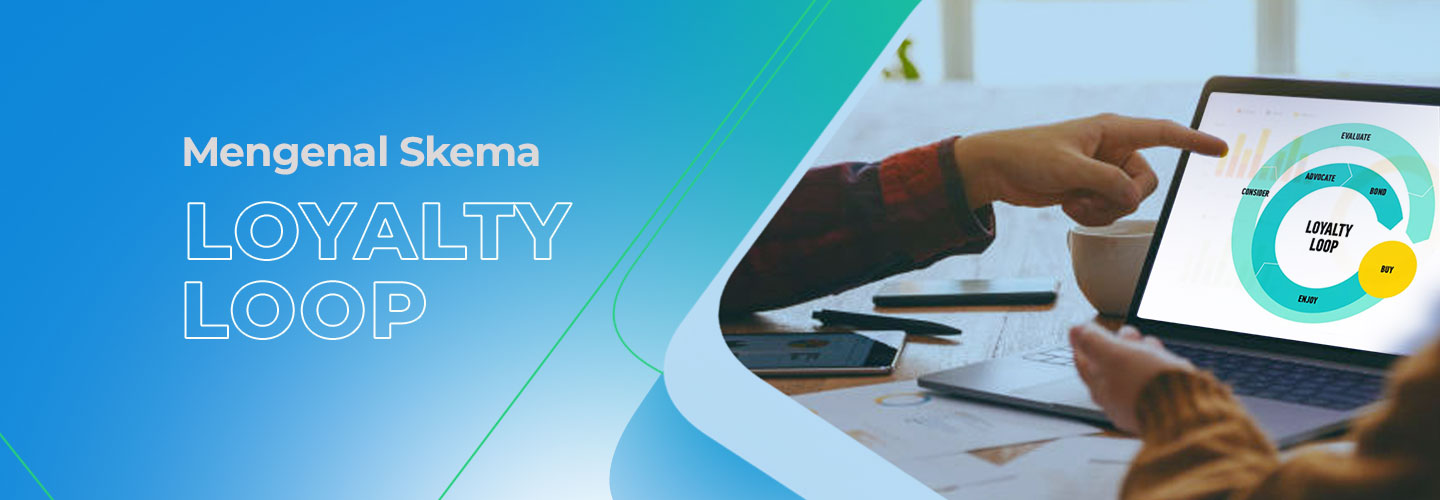Loyalty Loop Scheme in Business for Brand Profitability

To better meet consumer needs, a customer relationship management (CRM) is responsible for identifying consumers. When reading about aspects of CRM, it is often related to consumer prospects for your product.
Because by knowing and having a clear view of the status and type of consumer. That way, you can provide relevant messages, offers or support that will have a positive impact on consumers and your brand.
Loyalty Loop Stages to be Implemented by Brands
Consumers with lower activity values may not be worth the value of subsequent income, so the investment value is too low. However, on the other hand, high loyalty consumers can continue to provide benefits to your brand.
The loyalty loop will help you to determine the core of the relationship with consumers which you can later adapt to brand needs. To make it clearer, here are the stages of the loyalty loop and various tips for doing it:
1. Introductory stage
The main focus of this stage is the prospects that will be obtained from basic information about your brand. Therefore, it is very important for you to get potential consumers who are willing to provide information related to the brand and product. This information can then be included in your work program.
Even though this is the beginning of a relationship with consumers, you must be able to communicate directly and respond to their interactions in a communicative and relevant manner. Through email and social media, provide consumers with interesting offers, news and guidance on the uses of your products.
2. Evaluation stage
The main goal of this stage is to build and maintain relationships between consumers and brands. That way, consumers will believe that the product they have chosen is the right product.
To ensure the effectiveness of the loyalty loop at this stage, there are several tips you can do:
- Not just about products and services, send an important message about how easy, simple, hassle-free and how low-risk your product is.
- Not only appearing in brand media, to gain consumer trust, make sure you have positive reviews and testimonials on other external sources.
- When talking about products, make sure your message is tailored to consumers' specific needs.
3. Purchase stage
When the first and second stages are fulfilled, you can carry out the next stage, namely purchasing. This stage has a target for consumers to become loyal to the brand, so that they will make purchases and use your product again.
At this stage, there are two factors that really influence consumers, namely how well the promised products and services perform, and how well the brand builds relationships with consumers.
To increase consumer loyalty, here are some tips you can do:
- Don't send general messages that encourage consumers to buy or use the product again.
- Even though it sounds simple, don't forget to say “thank you.”
- So that your business can be well received by consumers, provide content and services that can make them understand the product better, such as tutorials, FAQs and customer service.
- Recommend additional products that will add more value to consumers.
4. Enjoy, support and bond
The longer a consumer shops with your brand, the better you know the consumer. Continue to build and maintain good relationships with consumers, and take advantage of this closeness to carry out relevant and targeted marketing strategies.
To make your marketing strategy easier, here are several ways you can do it:
- Give birthday greetings, so that consumers will be amazed and impressed with the brand.
- Reward consumer loyalty with special offers and promos. Example: For every purchase of five products, one product is free. This is done in the hope that consumers will make subsequent purchases.
- Promote your brand and products through various offline and online events, applications and websites.
- Ask for and reward consumers who recommend your products.
In the business world, attracting new customers tends to be given more priority, even though keeping loyal customers has an equally important value. Consumer loyalty can provide a cycle of profits for brands that continues to spin. Companies must pay attention to consumers to satisfy them and make them loyal consumers.
Company executives can enrich their insight regarding customer satisfaction through the Customer Satisfaction and Relationship Programs. Through this, program participants can learn the role of consumer satisfaction and its impact on sustainable business profitability.
